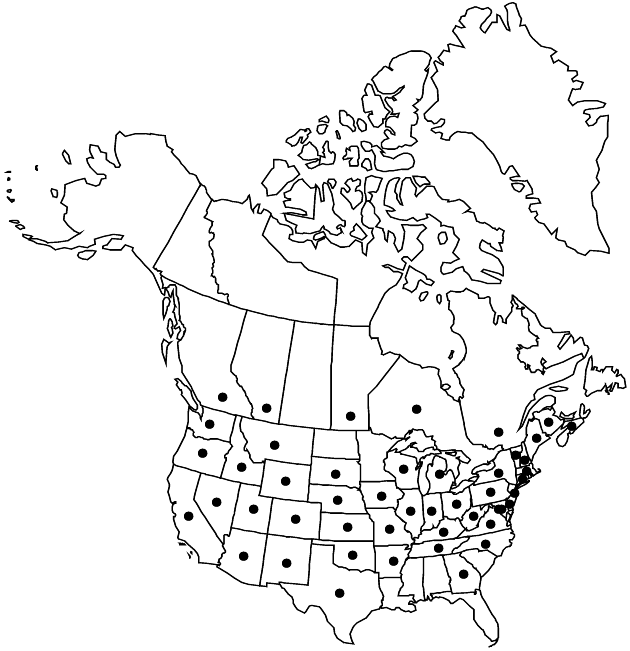Tragopogon porrifolius
Sp. Pl. 2: 789. 1753.
Plants 40–100 (–150) cm. Leaves: apices straight (not recurved or coiled), faces usually glabrous. Peduncles distally inflated. Involucres conic in bud. Outer florets usually shorter than or equaling phyllaries; corollas purple. 2n = 12.
Phenology: Flowering Apr–Aug.
Habitat: Disturbed sites
Elevation: 200–2000 m
Distribution

Introduced; Alta., B.C., Man., N.B., N.S., Ont., Que., Ariz., Ark., Calif., Colo., Conn., Del., D.C., Ga., Idaho, Ill., Ind., Iowa, Kans., Ky., Maine, Md., Mass., Mich., Mo., Mont., Nebr., Nev., N.H., N.J., N.Mex., N.Y., N.C., Ohio, Okla., Oreg., Pa., S.Dak., Tenn., Tex., Utah, Vt., Va., Wash., W.Va., Wis., Wyo., Europe, n Africa, Pacific Islands (Hawaii), Australia
Discussion
Tragopogon porrifolius is occasionally cultivated in Europe and naturalized across much of North America. It grows typically in sites drier than those of T. pratensis and in sites shadier and/or moister than those of T. dubius. As currently circumscribed, it may not be monophyletic, and nomenclatural changes for the populations here may be required. In North America, T. porrifolius hybridizes with both T. dubius and T. pratensis (= T. ×neohybridus Farwell, described from North America, and T. ×mirabilis Rouy, described from Europe).
Selected References
None.
Lower Taxa
"fine" is not a number.